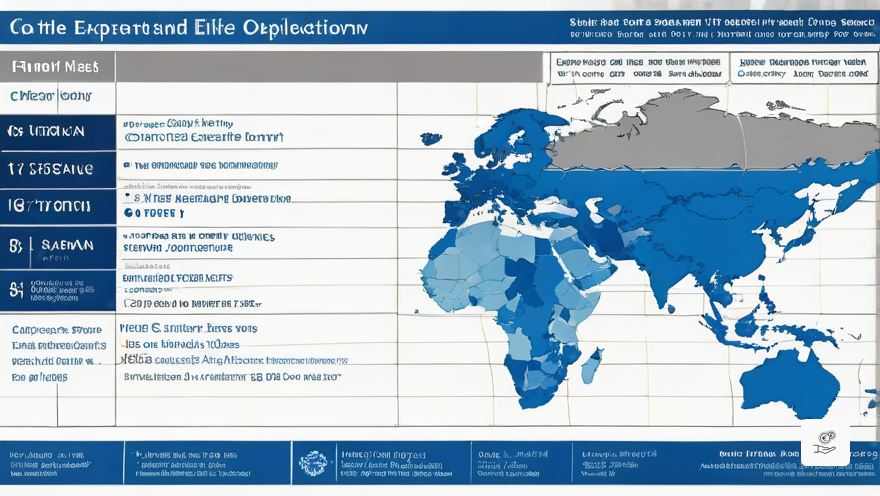Deciphering Trading Regulations: E8 Finance Extended Scheme vs. Sapphire Sentinel Premier Initiative

Unraveling Trading Parameters: E8 Finance vs. Sapphire Sentinel
Initial Profit Target – Phase 1:
Both E8 Finance Extended Scheme and Sapphire Sentinel Premier Initiative set the benchmark at 8%.
Subsequent Profit Objective – Phase 2:
For E8 Finance Extended Scheme, it stands at 5%, while Sapphire Sentinel Premier Initiative aims for 4%.
Daily Loss Limit:
E8 Finance Extended Scheme allows a 5% leeway, whereas Sapphire Sentinel Premier Initiative maintains a 4% cap.
Maximum Loss Threshold:
E8 Finance Extended Scheme permits up to 10% loss, extendable to 14%, while Sapphire Sentinel Premier Initiative maintains a strict 10% boundary.
Minimum Trading Obligation:
Both E8 Finance Extended Scheme and Sapphire Sentinel Premier Initiative require a commitment of 5 calendar days.
Permissible Trading Duration:
Neither E8 Finance Extended Scheme nor Sapphire Sentinel Premier Initiative impose a time restriction during the evaluation phases.
Profit Division Structure:
While E8 Finance Extended Scheme offers 80% of the profits to the trader, Sapphire Sentinel Premier Initiative enhances the share to 85%.
Final Thoughts
Unraveling Trading Parameters: E8 Finance vs. Sapphire Sentinel

- 8% initial profit target
- 5% trailing earnings target (E8) vs. 4% (Sapphire)
- 5% daily loss limit (E8) vs 4% (Sapphire)
- 10% maximum loss threshold (E8) vs. 10% (Sapphire)
- 85% (Sapphire) vs. 80% (E8) Profit division
In conclusion, E8 Finance stands out among its peers through its versatile funding approaches and the liberty it extends to traders. Notably, the absence of time constraints during the evaluation phases empowers traders to navigate their progression at their own pace, fostering an environment conducive to achieving funded status.




